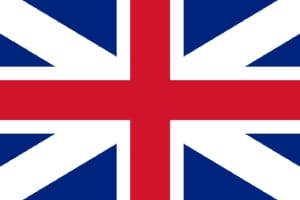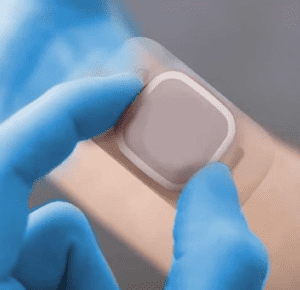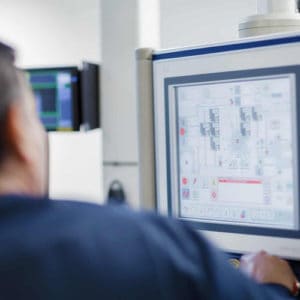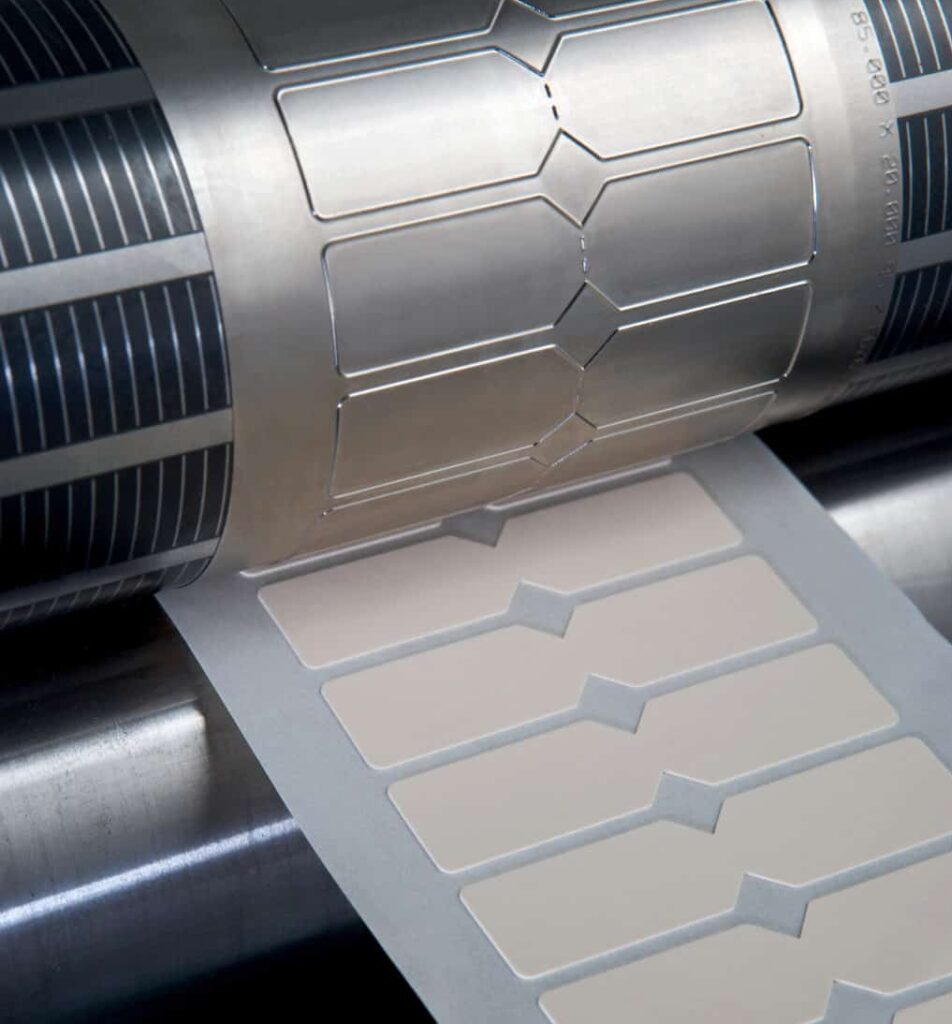There are a wide range of capabilities when it comes to die-cutting, at PolarSeal we are equipped and experienced on many of these, from Flat Bed, to Kiss Cutting and Large format die cuts, but today we discuss Rotary Die Cutting and we asked our Sales Manager Donovan Rich to answer some of the most frequently asked questions around Rotary Die Cutting.
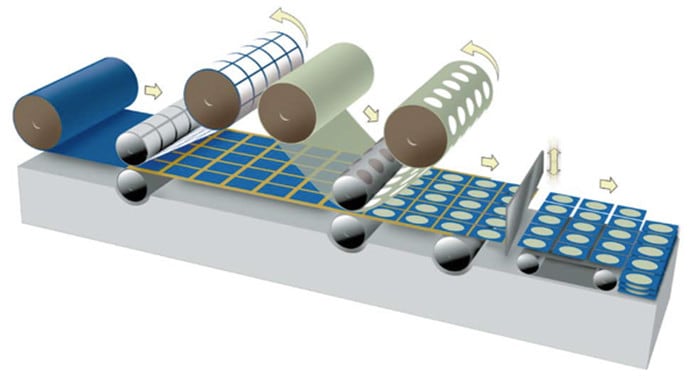
WHAT is rotary die cutting?
It’s the use of high-speed equipment that uses a special cutting method in a cylindrical form to simply cut out shapes from material. The blades are designed to your desired shape and built onto the cylinder, upon rotation the cylinder uses the sharp blades of the pattern, the backing plate and the pressure created from the roll of material being fed through the machine to cut to your specification at high volume.
WHAT TYPES OF MATERIALS CAN BE USED IN MEDICAL DEVICE ROTARY DIE CUTTING?
Most flexible MATERIAL can be die cut in rotary form, a few of these include tape, adhesive, foam, silicone foam, fabric and films that are available in roll format.
WHAT ARE THE ADVANTAGES OF USING ROTARY DIE CUTTING FOR MEDICAL DEVICES AND COMPONENTS?
There are many advantages of using ROTARY DIE-CUTTING for your medical product, the process is clean, meaning machines can be run within a clean-room allowing for very low bio-burden on any product produced. Speed and accuracy are optimal, the way rotary die-cutting uses rolls of material and a continuous process means it is extremely efficient in manufacturing high volumes of product and reducing waste.
WHAT ARE SOME COMMON APPLICATIONS OF ROTARY DIE-CUTTING?
The main applications for rotary die-cutting is for a finished WOUNDCARE dressing, adhesive patch for a WEARABLE DEVICE, or a roll component that can then be used in an additional process. In the main there will be more than one material as a lamination as part of the process.
WHAT QUALITY CONTROL MEASURES ARE IN PLACE DURING ROTARY DIE-CUTTING?
Aside from the quality checks taken by operators and quality personnel, there can also be additional vision camera systems on the line or physical spotters to allow for 100% inspection of all parts produced.
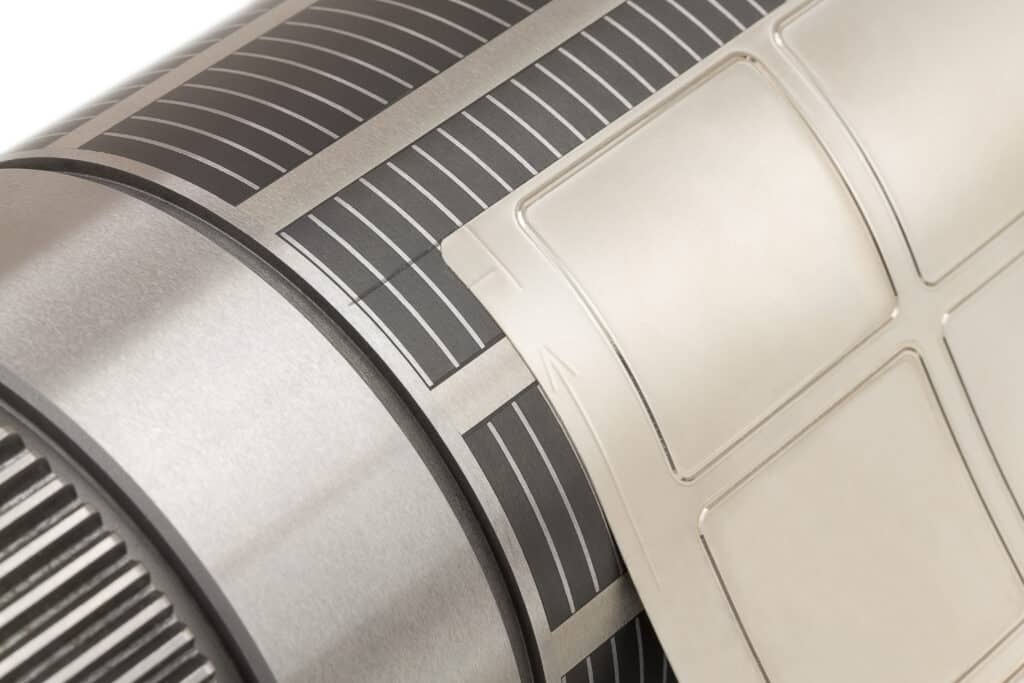
By combining rotary die cutting with our slitting and lamination capabilities and island/multi island dressing placement, PolarSeal has a full service solution for your medical device, we can manage the process from start to finish, inclusive of your required quality control requirements, providing you with a cost effective and efficient manufacturing operation.
Read More from PolarSeal
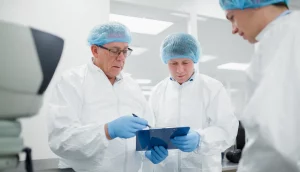
Selecting the optimal wearable adhesive and converting it to perfection
Selecting the correct adhesive for your wearable medical device is crucial to its market success, but with so many adhesives available to the medical market

What 5 features your wearable device needs and how to achieve the desired goal?
The advancement of wearable medical devices has accelerated in recent years and wearable devices are now regularly utilised for detection, monitoring and management of a

Converting ideas into Electro-Medical solutions
The manufacturing process for electro-based medical devices such as ECG patches, electrodes and flexible printed circuitry requires a thorough understanding of the device, layers and
